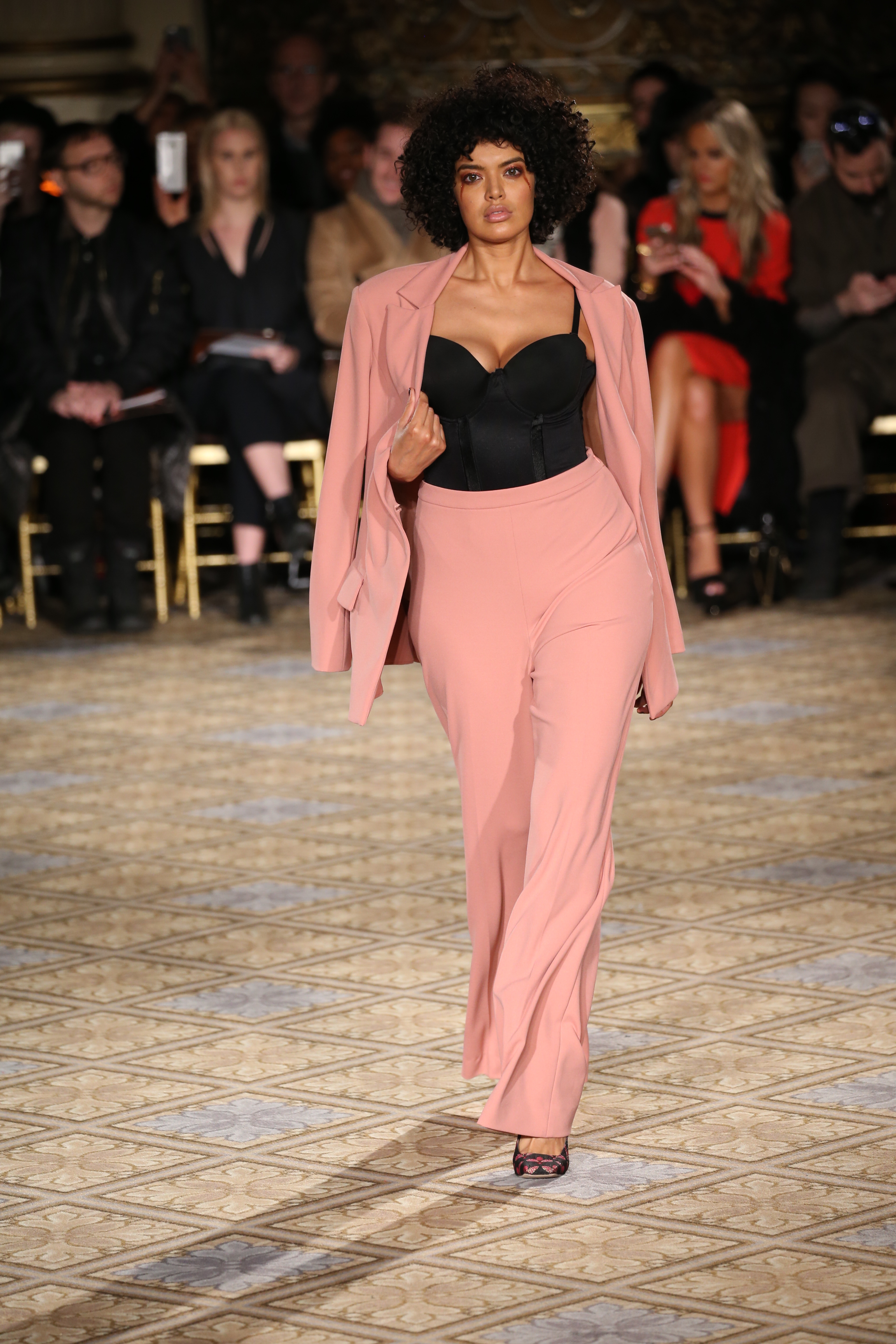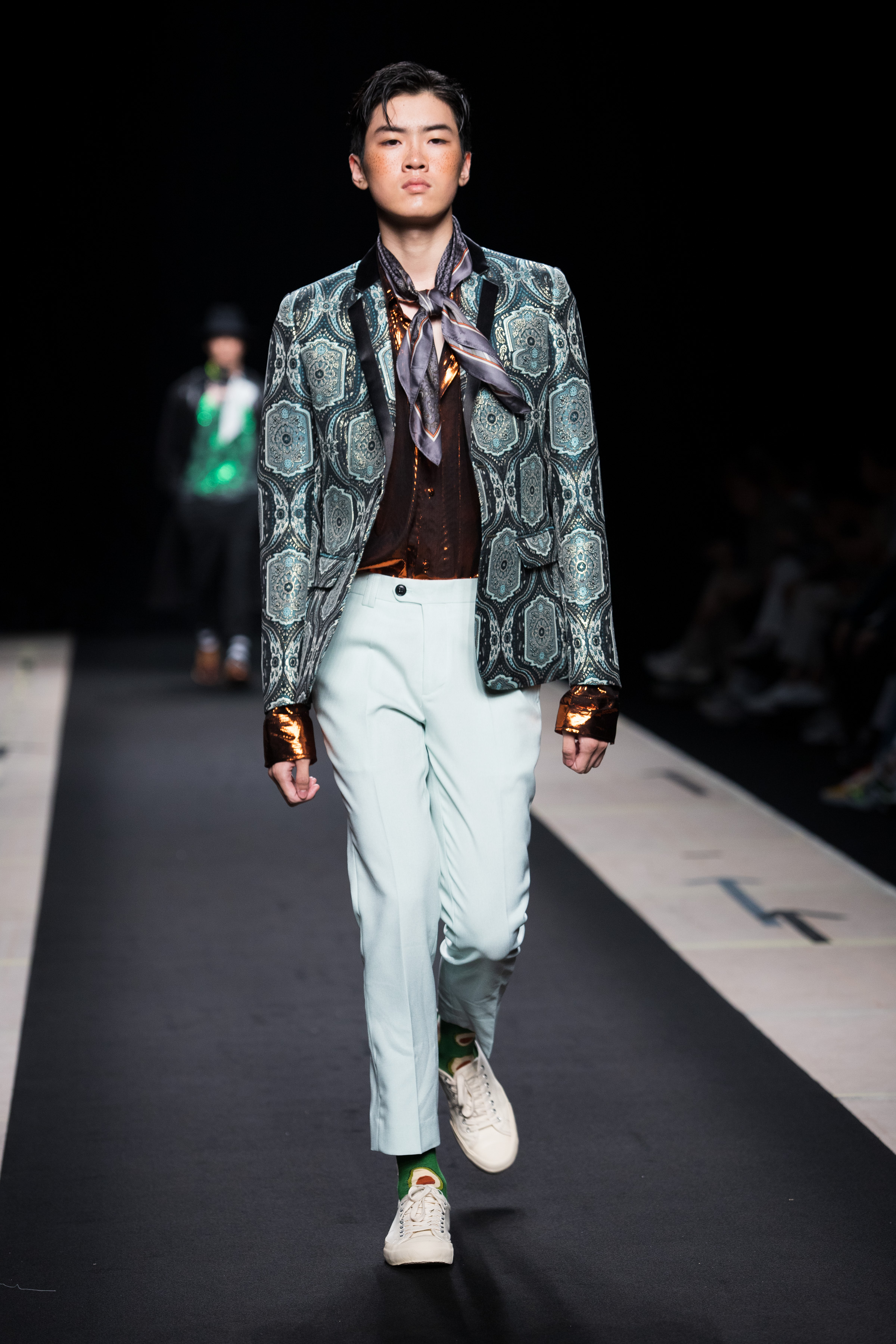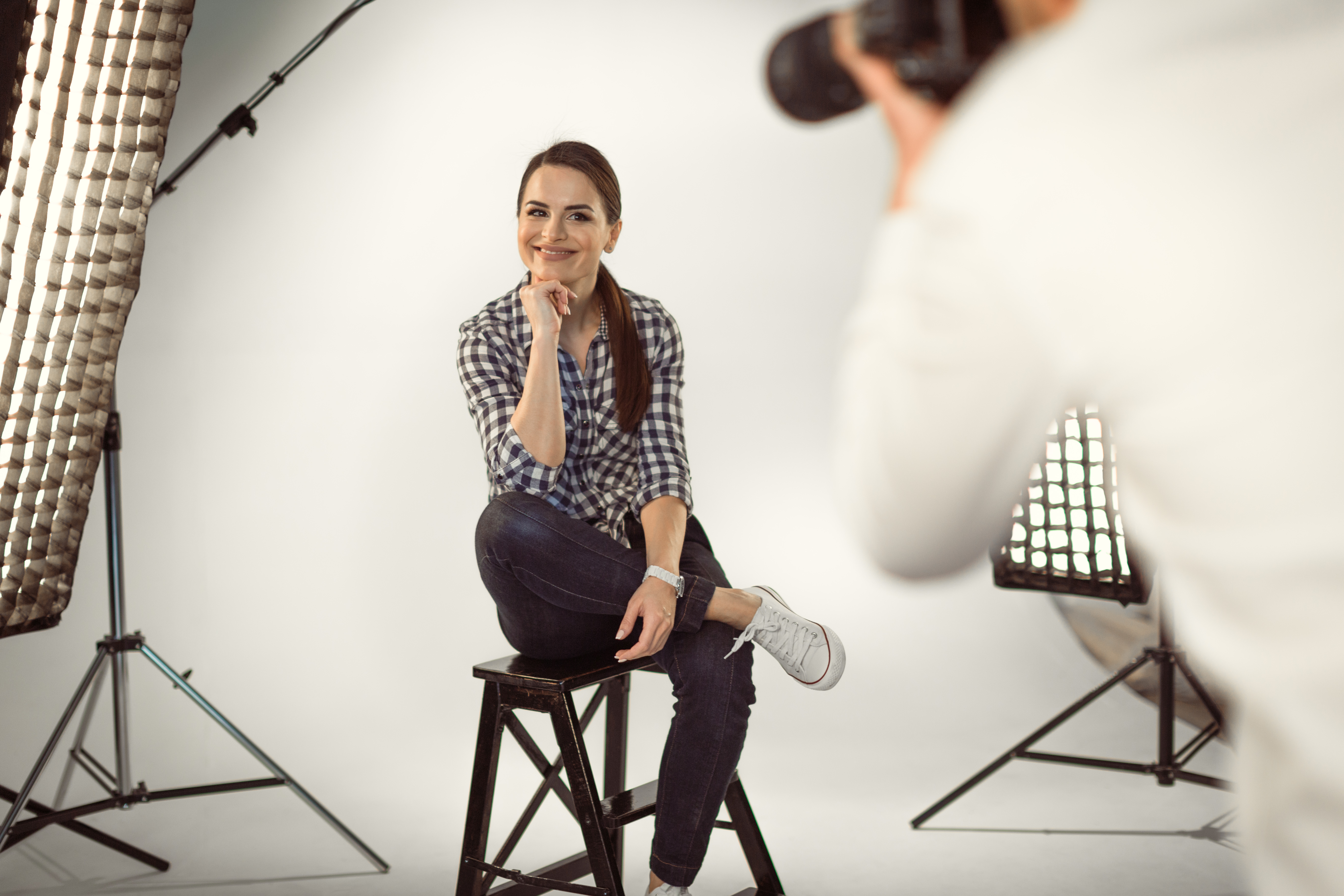Modeling is a profession in which people display clothing and other products or illustrate various situations. Models of all ages pose for photographers and painters and work in fashion shows and exhibits.
Kinds of models.
Different kinds of models specialize in a variety of assignments, but any model may work in more than one field. Fashion models, wearing the latest styles of clothing, jewelry, and accessories, pose for photographs that appear in magazines, newspapers, and catalogs. These models also display clothes in stores and fashion shows. Commercial models help sell many kinds of products in stores and wholesale showrooms and at exhibits and trade shows. They also appear in advertisements and television commercials.

Many publications hire illustration models to appear in pictures with articles and stories. Artist’s models pose for art classes and individual artists. Clothing designers and patternmakers employ fitter’s models for fitting clothes in all sizes in which the garments will be made.
Physical requirements for modeling.
A model’s basic requirement is physical attractiveness. A woman need not be beautiful, nor a man handsome, to be a model. But a model must appear desirable according to the ideal of the time. He or she also should be well groomed and graceful. A youthful appearance is necessary for most modeling, especially fashion modeling.

Size is vital in fashion work. Most fashion models are young women who wear a size 8 or 10 dress. A female model should be at least 5 feet 8 inches (175 centimeters) tall to display clothes to their best advantage. Most male models wear a size 40-regular suit and are at least 6 feet (183 centimeters) tall. A fitter’s model must have the exact dimensions required for a standard size. Height is not as important for illustration models or for models who specialize in modeling such items as jewelry or shoes. They must have well-proportioned hands, legs, and feet. Photographic models, who pose for the camera, must be thin to appear attractive on film.
A model’s work.
Modeling may seem glamorous and exciting, but it is difficult, demanding work. Models sometimes work for long periods under hot, bright lights. Advertisers plan ads far in advance, and so models may be required to pose in bathing suits in winter and in heavy coats during the summer. A model must be able to follow directions, and must have some acting ability in order to portray any mood desired by a client.
A model who is photographed earns an hourly fee for his or her time. But for a fashion show, a model may work for a specific fee. Artist’s models charge lower fees because artists operate on smaller budgets and their work requires more time. The fees of models who perform in TV commercials are determined by contracts with the television and motion-picture actors’ unions. 
Models are photographed at a photographer’s studio. Photographs also may be taken on location in other buildings, outdoors, or in another city or country.
Model agencies
represent models in dealing with clients. An agency accepts assignments for a model, sends bills to clients, and collects money owed the model. The agency receives a percentage of the model’s earnings as a commission. Successful models are registered with a licensed model agency.
A client arranges with an agency to hire a model for a certain length of time on a particular day. This arrangement is called a booking. The booking may be for appearing in a fashion show, making a TV commercial, or posing for a photographer or artist.
Careers.
Modeling is a highly competitive field, and most models have only a short career because a youthful appearance is so important. With the growing interest in the concerns of older people in the United States, some models are now able to work for many years. Nevertheless, the average modeling career still lasts only one to three years.
Employers generally prefer models who have had training or actual experience in the field. A man or woman who wants to become a model can attend modeling and self-improvement classes. These classes teach such skills as poise, grooming, the use of makeup, and the selection of attractive clothing and accessories. Courses in dance, drama, and speech are also useful.
Most models are selected for a particular assignment on the basis of their portfolio. A model’s portfolio consists of a series of photographs that show him or her in a variety of poses with different facial expressions. Female models also pose wearing a variety of hairstyles. Models also give potential clients a short series of photos called a composite. A composite includes a model’s height and other physical characteristics and the name of the agency to contact.
In the United States, most modeling activity takes place in Atlanta, Chicago, Dallas, Los Angeles, and New York City. New York City is the center of most national advertising, and professional models find their best opportunities there. Modeling jobs are available in certain small cities, but most of the assignments outside large metropolitan areas involve only part-time work.
Some successful models become identified with a single company or product. A few gain fame as celebrities and personally endorse certain products. Many people have used a modeling career as a stepping stone to some other interesting professions. These former models are employed in such fields as advertising, fashion merchandising, public relations, publishing, and retail buying. Models who make TV commercials gain experience that can be helpful for an acting career in television or the movies. This experience can also lead to executive positions in various areas of the entertainment field.
